Advertising indefinitely surrounds us everywhere – it’s on our mobile phones, the radio, park benches, the television, and beyond. Companies now have endless channels to reach target consumers, the next step is determining which type of advertising is best for your business. So, what is the best type of advertising?
To properly determine which advertising route your brand should go with, businesses need to decide where they’ll be able to reach a large number of their target audience, what the costs are for each platform, and how to reach consumers at every sales level.
Advertising in the digital age is an innovative and creative way for companies to reach large audiences. However, ‘traditional’ advertising mediums, such as billboards also prove to be effective in increasing sales and brand awareness.
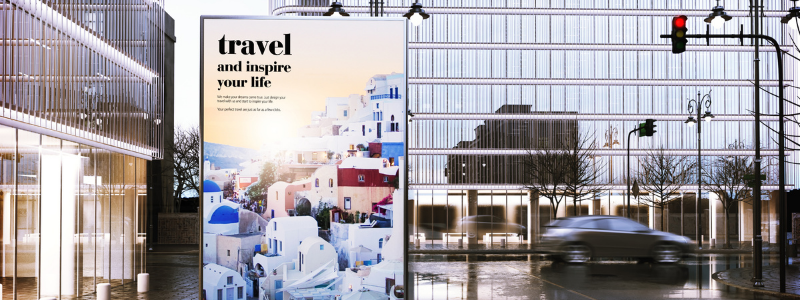
Out-of-Home Advertising (OOH)
Billboards have been around since the birth of advertising. This well-established form of advertising works 24/7 and its effectiveness remains unquestioned. Although some might consider this traditional form of advertising as ‘old school’, billboard advertising continues to creatively thrive amidst the global digital shift.
Billboard advertising is doing particularly well in keeping up with technological advancements and rapid urbanization. Billboards now showcase digital signage and 3-D images – doing a better job at capturing the consumer’s attention in high traffic areas. Because billboards are located in busier areas, they gather the highest number of reactions which result in a proven high return on investment (ROI) for businesses.
There are also endless billboard opportunities for brands and businesses. The USA alone has between 425,000 and 450,000 billboards spread throughout the country. Businesses can choose to place a billboard in a specific location that better serves their niche market and gives them access to a large percentage of their target audience.
Additionally, billboards and other types of OOH advertising can cost-effectively result in higher brand recognition and exposure. The broad reach, sheer visibility, and creative impact of OOH advertising can provide results in large-scale growth for companies.
Other types of OOH advertising Include:
- Transit Advertising
- Street Furniture
- Interactive Signage
- Posters
- Stunt Advertising

Social Media Advertising
Social media advertising is an obvious route for any brand or business. Social media is being used by everyone, and constantly. Social media marketing strategies use major social platforms such as Instagram, Twitter, Facebook, LinkedIn, Youtube, Snapchat, and even Tik Tok to connect your brand with an audience. This can help build your brand, increase sales and boost website traffic.
Another benefit of social media advertising is that it’s a cost-effective way to build brand recognition. However, this type of advertising doesn’t just end at running an ad online. It involves consistently and strategically publishing compelling content, engaging with followers, and analyzing trends.
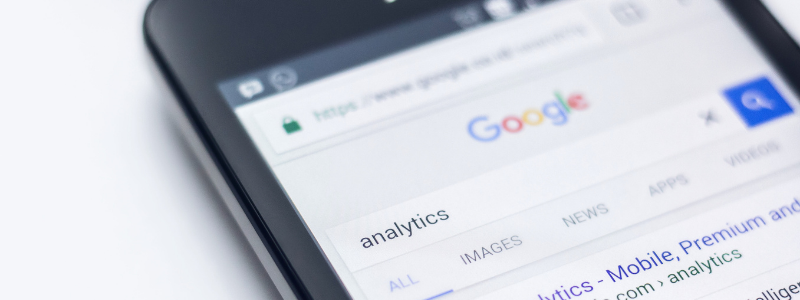
Pay-Per-Click Advertising
Pay-per-click or PPC advertising is a type of online advertising structure where advertisers pay each time users click on one of their online ads. This advertising model allows for the businesses running ads to be charged only when someone clicks on their link or ad.
A common type of PPC is the paid search ad. These are the ads that appear when people use online search engines like Google to help them make purchases. For ads to appear on the Search Engine Results Page or SERP, they are subjected to an automated process used by Google and other major search engines called Ad Auction. This software helps determine if an advertisement is relevant and trustworthy to the user’s search.
Other types of PPC include display advertising through banner ads and remarketing.

Mobile Advertising
A well-placed mobile advertisement will give a business a reach up to half the world’s population at any given time. People always have their phones on hand which is why mobile advertising has become a billion-dollar industry. This advertising route can reach people in real-time and creates data that can be instantly tracked, giving your company insights and metrics to specific advertising campaigns.
Although mobile advertising is innovative and efficient, it can interrupt the consumer’s mobile experience, resulting in some frustration. According to a report by HubSpot, 70% of people who use cellphones dislike receiving mobile advertising.
Companies considering mobile advertising campaigns must analyze their target demographic, their specific wants and needs, and determine if carrier costs are worth the investment.
Print Advertising
Similar to billboard advertising, one might assume print advertising isn’t as effective as other digital advertising routes.
However, this is simply false.
The print and publishing industry is continuing to thrive amidst the global digital transformation.
Print advertisements are known to leverage credibility through the ‘halo effect’. Brands that strategically place ads in respected publications are viewed as trustworthy because the reader already has a trust associated with the publication itself.
If your brand is seen as reliable, it can quickly generate leads and increase revenue for your business.
Broadcast Advertising
Television ads are the most prevalent advertising platforms in America. Despite switching to subscription services such as Netflix, fifty-nine percent of American adults still turn to cable broadcast channels for their primary TV consumption.
This advertising medium continues to win audiences across the globe, there’s a reason why we still love and look forward to Superbowl commercials every year. Concise and memorable commercials leave a lasting impression on the consumer’s mind. A good commercial can result in an emotional response from the viewer — whether it’s shock, laughter, or sadness, the emotional factor can help your message sink in more effectively.
Despite its effectiveness in capturing an audience, TV advertising can be costly as they are the most expensive to produce. From creating content to airing the commercial, the costs can quickly add up.
Time is also a factor to consider when choosing broadcast advertising as production may result in longer hours.

Direct Mail Advertising
Direct mail gets noticed, opened, and read. It is also more tangible and personal, which can be beneficial for your marketing strategy. Through direct mail advertising, companies can also target and personalize their marketing message to increase their effectiveness. A recipient is more likely to open mail personally addressed to them.
Direct mail results in better response rates, increased visibility, and creative opportunities. It is also a familiar form of advertising for consumers and can build trust for less tech-savvy recipients.
Knowing the pros and cons of each advertising platform will result in the best and most cost-effective decision for your business. bMedia Group is here to support you in choosing the most suitable form of advertising for your company. Together, we can increase brand growth and reach unlimited success.
Don’t hesitate to contact bMedia Group for more information on the right type of advertising for your business.

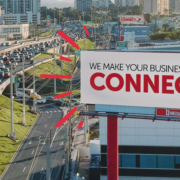
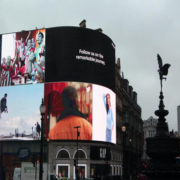


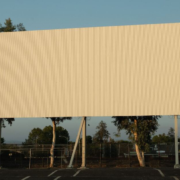


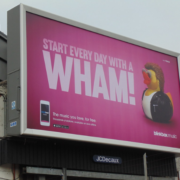

 787 792 4113
787 792 4113
